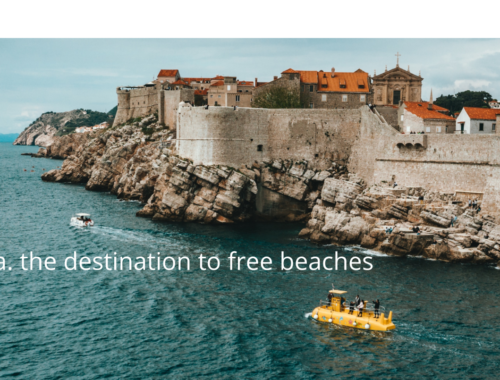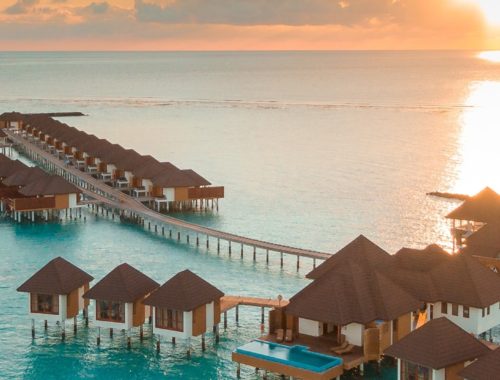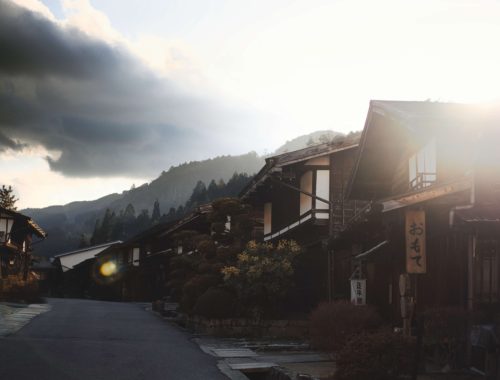Tourist ‘pearl’ south Asian destination KERALA
Imagine cruising in a beautifully furnished houseboat that could take you through the deltas of 44 rainspouts. That is possible in the 550- country afar-long (900 km) bush of the state of Kerala, in southwest India. It’s a pleased experience, a unique one — indeed, it’s like floating on nature’s stage. As your boat lazily moves on, you can’t help but regard the coconut-rimmed lagoons, lush green paddy fields, natural lakes, and man- made courses. Yes, likely because of these bush, the National Geographic Tourist listed Kerala as “ one of the top 50‘must- see destinations of a run. ’”
Not to be missed are the folk who live on the spurs of the multiplex watercourses. They remember a time when there were neither trippers nor five- star lodges in their neighborhood. Notwithstanding, their lives have not changed much. Although some of them are now employed in new progressive lodges or other tourism- related establishments, by and large their culture and their quotidian routine remain the same. They watch for their paddy fields and coconut groves, supplementing their quotidian diet and income by fishing and custom fish.
Fishing in the Backland
Fishing is part of life presently. A sight you may see nowhere else is that of women catching treasure spot fish, or karimeen, with their bare hands. Unique to Kerala’s up- country, karimeen are a delicacy to Indians and outsiders likewise. Searching for the fish, the women wade through the up- country with their pots floating behind them. Seeing the women approaching, the fish dive down and bury their heads in the slush. Not to be overreached, the women feel around in the slush with their sensitive nadirs and troll the fish. Either, ducking fleetly under the water, they trap the wide-eyed prize with their bare hands and transfer their wriggling catch to the floating pots. When they have caught a sufficient number, they wade to the underpinning, where eager buyers are staying. The bigger and other ultraexpensive fish go to five- star taverns, where they delight the rich, while the smaller bones wax a toothy table for those of other modest means.
Chinese Fishing Nets
A common sight on the mounts of the backwoods are graceful Chinese- style fishing nets. These also serve as a major rubbernecker draw.
It’s believed that Chinese traders from the court of Kublai Khan first brought the nets to Cochin ( now Kochi) before the time 1400. These hand- operated fishing impulse were used first by the Chinese and either subsequently by Portuguese settlers. Moment they give a livelihood for multiple Indian fishermen, as well as food for myriad people, yea as they did over 600 times ago. Surprisingly, the catch from one net can feed an entire whistle-stop. For multiple travelers a romantic picture of the drying nets silhouetted against the setting sun has a special place in their vacation print miscellany.
It is not only images of the Chinese nets that stir travelers to the frontier. Submerged exercise, corresponding as the traditional snake boat races, attract thousands each time.
Boat Races in the Outback
Snake boats are long, slim canoes. The stern is shaped like a cobra’s hood, hence the name snake boat. In times once, the warring monarchs of the backwoods used these boats for their postharvest wars. When the wars sometime desisted, the need for the boats lessened. Only during kirk festivities did these majestic craft ply the waters. With great fanfare, they were crewed and decorated and used as showpieces of the alien culture. During the laughing period, boat races were held in honor of dignitaries who attended. This tradition, which began about a thousand spells ago, is still thriving.
It’s common for as multiplex as 20 matching boats to race in the races, each manned by a crew of between 100 and 150 men. Over a hundred with short oars sit in two rows along the length of each boat. Four chiefs with longer oars stand at the stern to steer the boat. Two others stand midship, beating stiff rods on a sounding board to mark time for the oars. Matching impetus is rounded by at least half a dozen other men who ride on. These men snap, swish, whoop, and sing the unique boatmen’s songs to press the crew to keep up the pace. Either, after delicacy rowing to the measured beat, the immature men release their remaining energy in a spectacular race to the finish line.
In 1952, India’s first presiding minister, Jawaharlal Nehru, visited Alleppey, a crucial city in the backwater, and was greatly impressed by a boat race he attended there. In fact, so fascinated was he that he ignored security arrangements and jumped onto the winning boat, clapping and singing along with the oars. On his return to Delhi, he transferred a gift, a flatware replica of a snake boat, bearing his hand and the dithyramb “ To the winners of the boat race which is a unique peculiarity of community life.” This flatware boat is used as the jewel for the dateless Nehru Jewel Race. About a hundred thousand people flock to see matching races every span. At those times the generally slow-paced frontier really come alive.
Luxury Auberges That Float and Cruise
Snake boats are not the only backwoods vessels that attract rubbernecks. Inchmeal popular are rice boats — old- style vessels converted into luxurious houseboats.
Although multiplex of those used by excursionists are new constructed, rice boats still live that are fresh than a hundred spans old and that have been made over for tourism. Originally they were known as kettuvallam, meaning “ boat with knots.” The entire boat was made of jackwood planks and was held together with coir- rope knots, without the use of yea a single nail. These boats were used for carrying rice and other commodities from bourg to bourg and spices to far- out places. With the coming of red-hot transports, the boats turned fair obsolete. Either a bright entrepreneur hit upon the idea of converting them into houseboats for the excursionist assiduity. With sundeck, luxury bedrooms with en suite establishments, and beautifully furnished living chambers, the houseboats can be called floating auberges. Attendants are handed to take your boat wherever you want to go and to cook whatever you wish to eat.
You May Also Like

Best ranking beaches of the world
October 17, 2021
Budget travel | International destinations you can visit in less than 500 dollars
October 17, 2021
